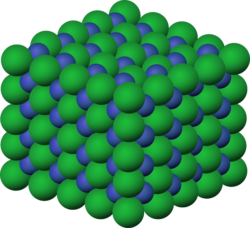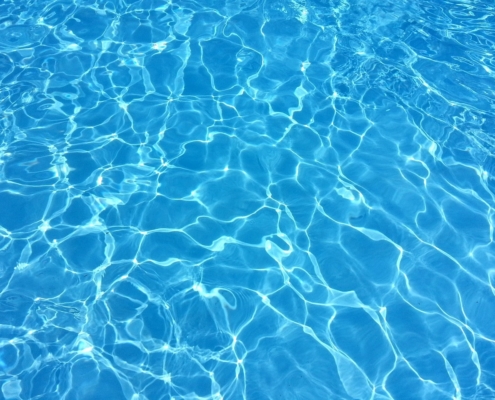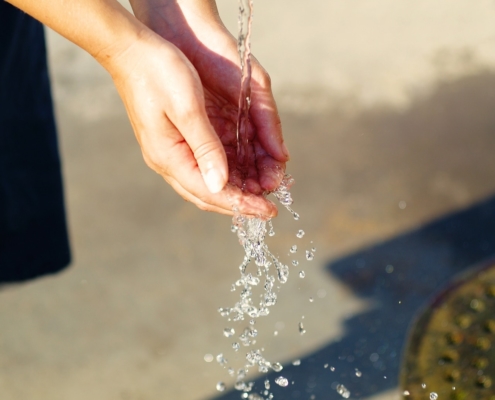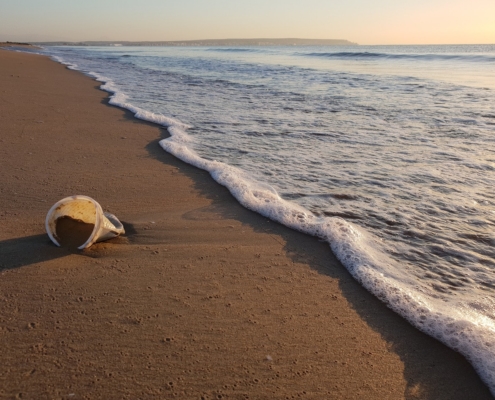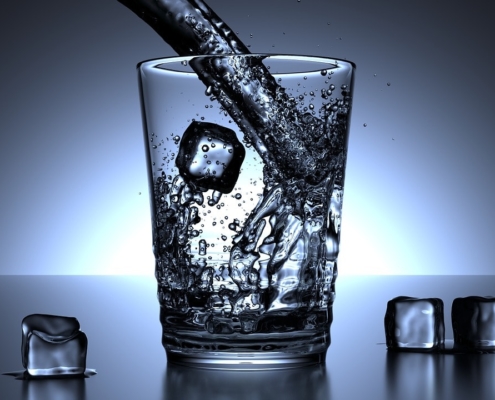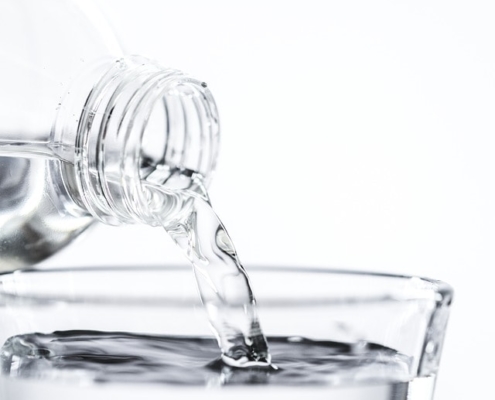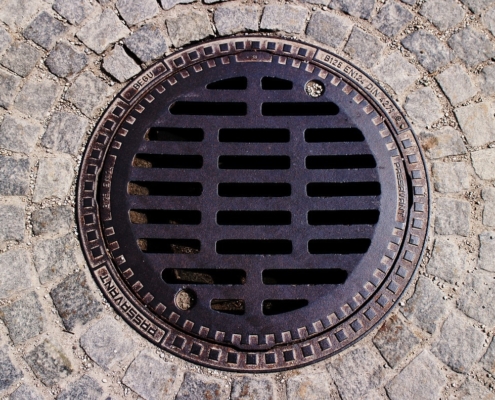Ion exchanger for targeted water treatment
Among other things, water contains dissolved invisible substances such as calcium, sodium, magnesium or carbonates. These dissolved minerals and salts form electrical charge carriers, the so-called ions. The amount of the individual ions in the water are different due to various influencing factors. Ion exchangers optimize the content of ions in the water, tailored to the field of application.
Ions as a product of the solution process of a substance
Water is a solvent in which naturally and artificially introduced substances dissolve. The solution process results in an interaction. This leads to the dissolution of the ionic bond to the original substance. The result is independent electrical charge carriers (ions) in the form of cations and anions. These give the water different properties that the consumer perceives as positive or negative depending on the application.
For example, a high proportion of dissolved calcium and magnesium influences the hardness of the water. The ion exchanger removes the excess calcium and magnesium cations and exchanges them for sodium cations. The result is significantly lower deposits in the form of scale in household appliances or industrial plants.

